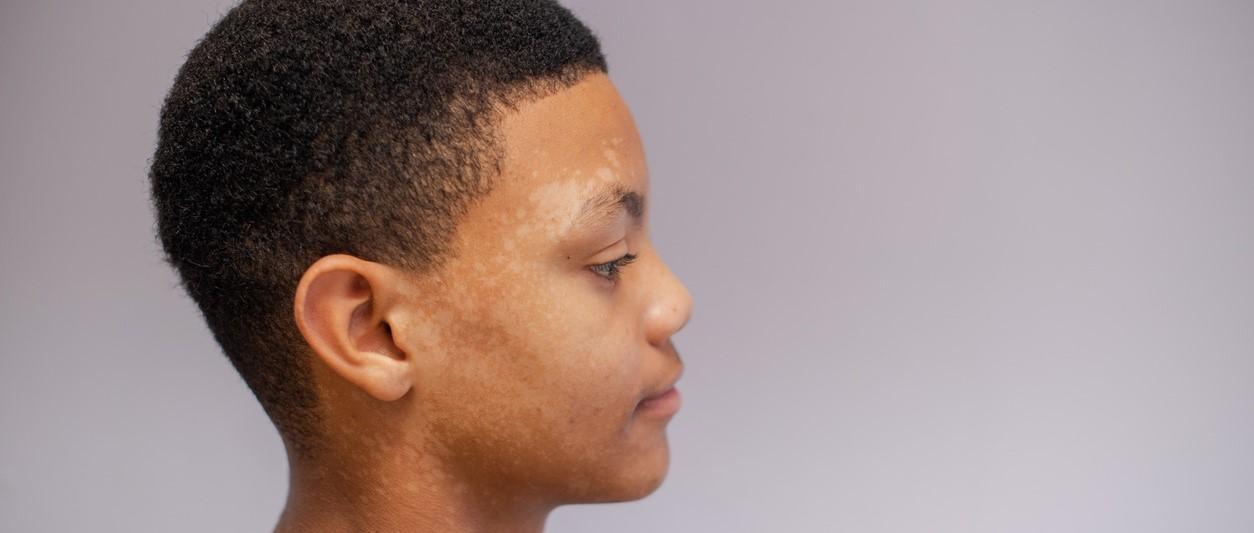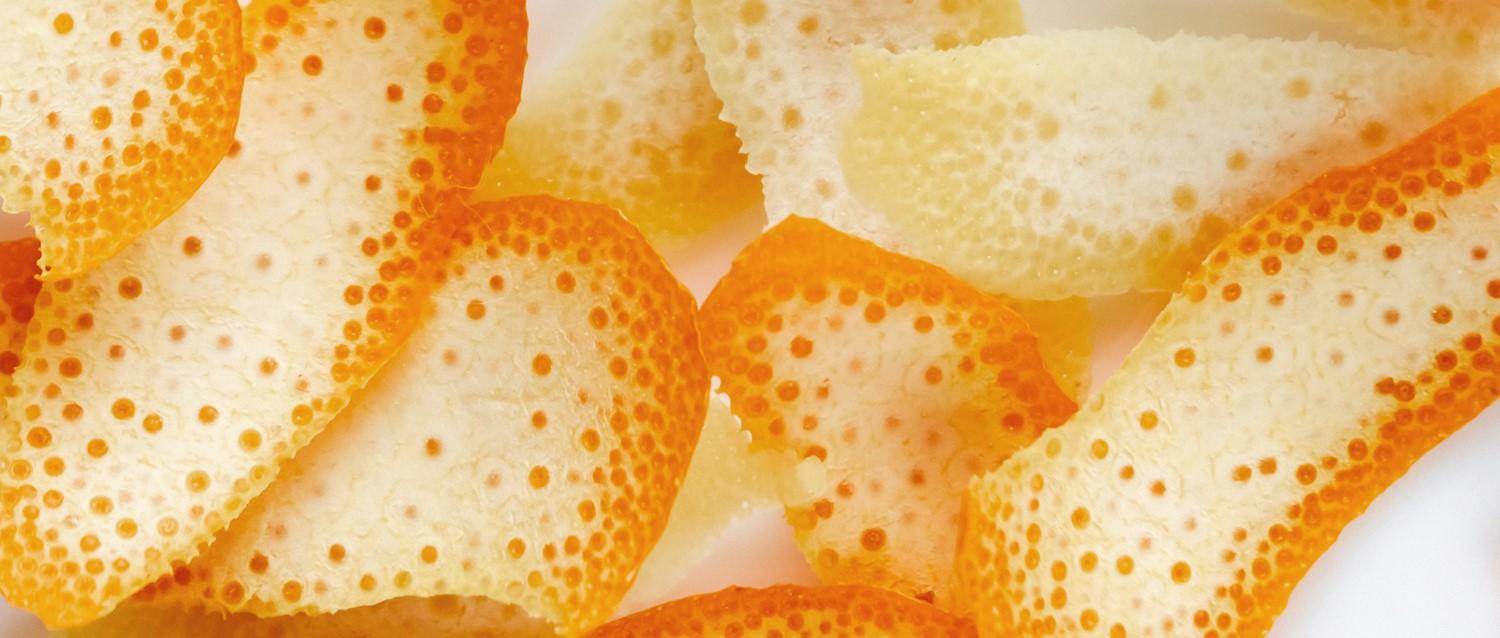
Rosacea treatments: which is right for you?
Peer reviewed by Dr Krishna Vakharia, MRCGPLast updated by Amberley DavisLast updated 9 Aug 2022
Meets Patient’s editorial guidelines
- DownloadDownload
- Share
- Language
- Discussion
Living with rosacea can be difficult. It can be a great source of stress and really impact your quality of life when you have to deal with any facial skin problems. Sadly, 10% of the population experience this skin condition, but the good news is that there are many treatment options. The right one for you will depend on which symptoms you have.
In this article:
Continue reading below
What is rosacea?
If you've heard of rosacea, you may associate it with a red and flushed face, but consultant dermatologist Dr Jinah Yoo explains that it's so much more than that: "Rosacea is a long-term skin condition that is more common in women and in people with lighter skin."
Rosacea acne
"As well as causing coloured and flushed skin, rosacea can be itchy or painful, and spots can develop (acne rosacea) which may become inflamed. Rosacea generally develops gradually but can be a very difficult and embarrassing condition."
Other symptoms of rosacea include thickened skin around the nose, and eye problems (ocular rosacea) such as sore eyelids and dry eyes. Rosacea is a common problem, but most people have a mild form, and everyone experiences different symptoms.
This is not to say that rosacea is something to be complacent about - Dr Yoo warns that without treatment, it can become more severe.
What is rosacea caused by?
Experts aren't sure of the exact cause, although there are several theories:
Sun damage may cause tiny blood vessels under the skin to burst or leak.
Inflammation could be triggered by an abnormal immune system reaction in the skin.
Inherited genes may give you a higher chance of developing rosacea, as it might run in families.
Tiny mites called Demodex folliculorum may be involved - these live on many people's skin but are found in higher numbers in people with rosacea.
Continue reading below
What is the best treatment for rosacea?
Unfortunately, there is no miracle cure for rosacea, but don't lose hope - rosacea treatment can ease irritability and drastically improve your skin's appearance. The best rosacea treatment for you will depend on the symptoms you have and how severe they are.
Self-help measures
No matter your symptoms or prescribed rosacea treatment, there are a few key steps you can take to try to make your rosacea more manageable. These include:
Avoiding your triggers - eg, limiting spicy food, reducing alcohol, managing stress, and wearing sun protection.
Establishing good skincare - eg, using a high SPF (sun protection factor) sunscreen, avoiding steroid creams, and using hypoallergenic, non-perfumed face products.
Following good eye hygiene if rosacea is causing eye problems - eg, warming, massaging, and cleaning your eyelids daily.
Best for: rosacea spots and cysts
Raised red bumps (papules) and pus-filled cysts (pustules) look similar to acne. Papules and pustules can come and go in some people or remain long-term in others. Discuss with your doctor best options, as all treatments need a prescription.
Topical treatments - mild to moderate symptoms
What: Examples include:
Metronidazole cream or gel - a topical (rub-on) antibiotic that reduces inflammation in the skin.
Azelaic acid cream or gel - an alternative to antibiotic lotions that also tackles inflammation.
Ivermectin cream - works by killing the mite Demodex folliculorum and reduces some of the inflammation.
Method: Most topical treatments will need to be massaged into your skin once or twice a day.
Effectiveness: Studies show that topical treatments such as ivermectin can effectively improve papules and pustules, but only if you remember to apply them as frequently as directed1.
Possible side effects:
A burning or stinging sensation.
Itchiness.
Dry skin.
Antibiotic tablets - moderate to severe symptoms
What: Examples include:
Tetracycline.
Oxytetracycline.
Doxycycline.
Erythromycin.
As with topical antibiotics, it is not clear why oral antibiotics work but experts believe it's because certain antibiotics are anti-inflammatory.
Method: Most oral antibiotics will need to be taken once or twice a day.
Effectiveness: You may see a visible improvement after 2-3 weeks and find that spots and cysts clear at around 6-12 weeks.
Possible side effects:
Increased sensitivity to sunlight and artificial lights.
Isotretinoin tablets - severe symptoms
What: If your symptoms are severe, you might be prescribed isotretinoin by a dermatologist. This works by reducing redness and natural oil (sebum) that contributes to spots.
Method: Most isotretinoin tablets will need to be taken once or twice a day.
Effectiveness: A course of isotretinoin can significantly improve or completely clear rosacea spots and cysts2.
Possible side effects:
Dry skin, lips and nostrils.
Inflamed eyelids (blepharitis) or eyes (conjunctivitis).
Changes in your mood.
Blood in your urine (haematuria).
Birth defects if taken during pregnancy.
Continue reading below
Best for: rosacea eye problems
Rosacea causes eye problems (called ocular rosacea) in roughly half of all cases. Fortunately, these symptoms are usually mild. However, if symptoms are severe and won't go away with the common treatments below, you may be referred to an eye specialist.
Eye drops - mild to moderate symptoms
What: If you have dry eyes, using eye ointments or artificial tears can help to keep them lubricated.
Method: Artificial tears come in the form of eye gels or drops, and you can use them every hour until your symptoms improve, and then decrease to 3-4 times a day. Eye ointments should only be used before bedtime, as they may make your vision blurry.
Effectiveness: Both eye ointments and artificial tears are standard treatments for ocular rosacea and are usually very effective3.
Possible side effects:
Artificial tears - some contain preservatives that can damage the front of your eye (the cornea) when used long-term.
Eye ointments - can prevent other eye drops from working.
Antibiotic tablets - moderate to severe symptoms
What: If you develop eye inflammation (blepharitis) and the other treatments aren't helping, then your doctor may prescribe a course of antibiotic tablets.
Method: Most oral antibiotics will need to be taken once or twice a day, usually for three months.
Effectiveness: Current evidence is mixed, and further research is needed to determine just how effective this rosacea treatment is4.
Possible side effects:
Rash.
Nausea.
Vomiting.
Diarrhoea.
Tummy pain.
Sun sensitivity.
Loss of appetite.
Best for: rosacea nose
In some people with rosacea the skin of the nose can become thickened, bumpy, and red (known as rhinophyma). If this is causing you stress and affecting your daily life, the best rosacea treatment for you could be laser or surgical intervention.
Laser and surgical treatment
What: These procedures trim back excess tissue and remodel your nose into a more pleasing shape (a technique called dermabrasion).
Method: This may be done with a scalpel, a laser, or specialist abrasive instruments.
Effectiveness: There are many techniques to remodel your nose. Many experts believe that using more than one in the same sitting can lead to the most improvement5.
Possible side effects:
Scarring.
Hypopigmentation (patches of lighter skin).
Temporary redness.
Best for: rosacea facial redness
Facial redness (erythema), visible blood vessels (telangiectasia), and flushing are common marks of rosacea. Unfortunately, they are harder to treat.
"There isn't an effective medical treatment for the redness associated with rosacea. Lasers such as the Clarity II from Lutronic are the best treatment here," advises Dr Yoo.
Laser and intense pulsed light (IPL) treatment
What: During IPL or laser therapy, beams of light target the visible blood vessels that are causing the redness. This can destroy them or cause them to shrink without damaging nearby tissue.
Method: You may need between two and four treatments.
Effectiveness: Both laser an IPL therapies are effective at reducing rosacea redness, and one does not appear to be a superior method to the other6.
Possible side effects:
Pain or discomfort during procedure.
Bruising.
Crusting of the skin.
Swelling and redness.
Blistering.
Infection.
Further reading
Sahni, Feldman and Taylor "Ivermectin 1% (CD5024) for the treatment of rosacea".
Onghanseng et al "Oral antibiotics for chronic blepharitis".
Daoud et al "Rhinophyma: Combined Surgical Treatment and Quality of Life".
Handler, Bloom and Goldberg "IPL vs PDL in treatment of facial erythema: A split-face study".
Patient picks for Skin rashes

Skin, nail and hair health
Common skin complaints: understanding tinea versicolor
If you've noticed a rash of patchy colours develop on your skin, you may have tinea versicolor - which also goes by the name pityriasis versicolor. This common skin condition can happen to anyone, no matter how healthy and fit they are, and can be managed with various treatments.
by Amberley Davis

Skin, nail and hair health
What causes our skin to break out in hives?
Hives - also known as urticaria - is a relatively common itchy rash that causes red or white bumps on the skin. According to the British Association of Dermatologists (BAD), it affects around one in five people at some point in their lives, and in around half of cases the trigger is unknown. But, if you're breaking out in hives, here's what could be behind those itchy bumps.
by Sarah Graham
Continue reading below
Article history
The information on this page is peer reviewed by qualified clinicians.
9 Aug 2022 | Latest version
9 Aug 2022 | Originally published

Ask, share, connect.
Browse discussions, ask questions, and share experiences across hundreds of health topics.

Feeling unwell?
Assess your symptoms online for free
Sign up to the Patient newsletter
Your weekly dose of clear, trustworthy health advice - written to help you feel informed, confident and in control.
By subscribing you accept our Privacy Policy. You can unsubscribe at any time. We never sell your data.